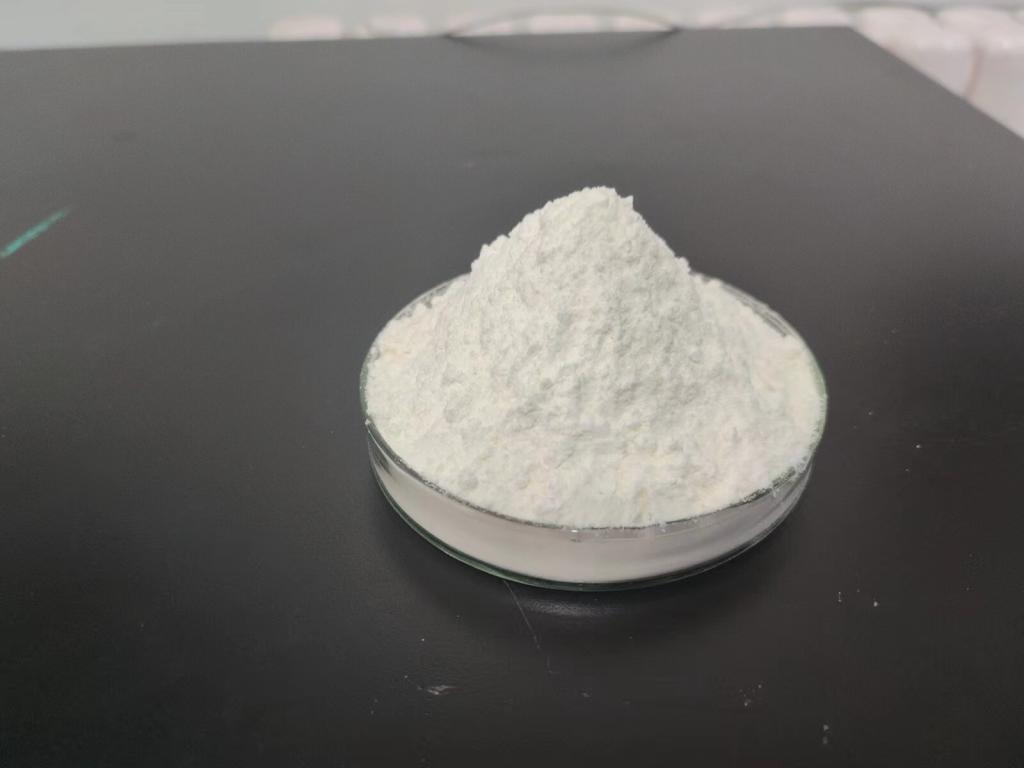Tel:0086 18231198596

News
Current Position:
Home >
News
>ε-Polylysine hydrochloride: Bridging the gap between food safety and sustainability.
ε-Polylysine hydrochloride: Bridging the gap between food safety and sustainability.
TIME:2024-04-24
The Need for Food Safety and Sustainability:
Ensuring food safety is paramount to protecting public health and maintaining consumer trust in the food supply chain. Simultaneously, sustainable practices are essential to mitigate environmental impacts, conserve resources, and meet the growing global demand for food. ε-PL addresses both imperatives by offering effective antimicrobial properties while aligning with principles of sustainability.
Antimicrobial Efficacy of ε-Polylysine Hydrochloride:
ε-PL exhibits potent antimicrobial activity against a broad spectrum of pathogenic and spoilage microorganisms, including bacteria, yeasts, and molds. Its mode of action involves disrupting microbial cell membranes, inhibiting vital metabolic processes, and preventing biofilm formation. This multifaceted antimicrobial efficacy makes ε-PL a valuable tool for enhancing food safety across various food categories, including beverages, dairy products, meats, and processed foods.
Sustainable Sourcing and Production:
The production of ε-PL involves microbial fermentation, a sustainable biotechnological process that utilizes renewable resources and generates minimal waste. Microorganisms such as Streptomyces albulus serve as natural producers of ε-PL, reducing the need for synthetic chemicals and minimizing environmental impact. Additionally, advancements in fermentation technology enable efficient production of ε-PL at scale, further enhancing its sustainability credentials.
Preservation of Food Quality and Shelf-life:
By inhibiting microbial growth and extending the shelf-life of perishable foods, ε-PL contributes to reducing food waste and improving resource efficiency. Beverages, in particular, benefit from the preservation properties of ε-PL, as it helps maintain freshness, flavor, and nutritional quality over extended storage periods. This not only enhances consumer satisfaction but also aligns with sustainability goals by minimizing losses throughout the food supply chain.
Reduction of Chemical Additives:
The use of ε-PL as a natural antimicrobial agent offers an alternative to synthetic preservatives and chemical additives commonly employed in food production. By replacing traditional preservatives with ε-PL, food manufacturers can reduce reliance on synthetic chemicals, address consumer demand for clean label products, and promote healthier food choices. This shift towards natural preservation aligns with sustainability principles by reducing environmental pollution and supporting ecosystem health.
Regulatory Approval and Consumer Confidence:
ε-PL has received regulatory approval as a food additive in many countries, including the United States, European Union, and Japan, following rigorous safety evaluations. Transparent labeling practices and clear communication regarding the benefits of ε-PL contribute to building consumer confidence and trust in its safety and efficacy. Educating consumers about the role of ε-PL in enhancing food safety and sustainability fosters greater acceptance of this natural antimicrobial agent in the marketplace.
Future Directions and Challenges:
Future research efforts in ε-PL focus on optimizing production processes, exploring innovative applications, and addressing emerging challenges. Areas of interest include:
Development of Novel Formulations: Formulating ε-PL with encapsulation technologies or synergistic combinations with other natural antimicrobials to enhance stability and efficacy.
Application in Emerging Food Technologies: Exploring the use of ε-PL in emerging food processing technologies, such as cold plasma treatment or high-pressure processing, to further enhance food safety and extend shelf-life.
Consumer Education and Awareness: Increasing consumer awareness about the benefits of ε-PL in food safety and sustainability through educational campaigns, labeling initiatives, and engagement with stakeholders across the food industry.
Conclusion:
ε-Polylysine hydrochloride represents a paradigm shift in the pursuit of food safety and sustainability. Its potent antimicrobial properties, sustainable production practices, and potential to reduce chemical additives position it as a valuable asset in the food industry. By bridging the gap between food safety and sustainability, ε-PL paves the way for a healthier, more resilient, and environmentally conscious food system.

 CONTACT
CONTACT




